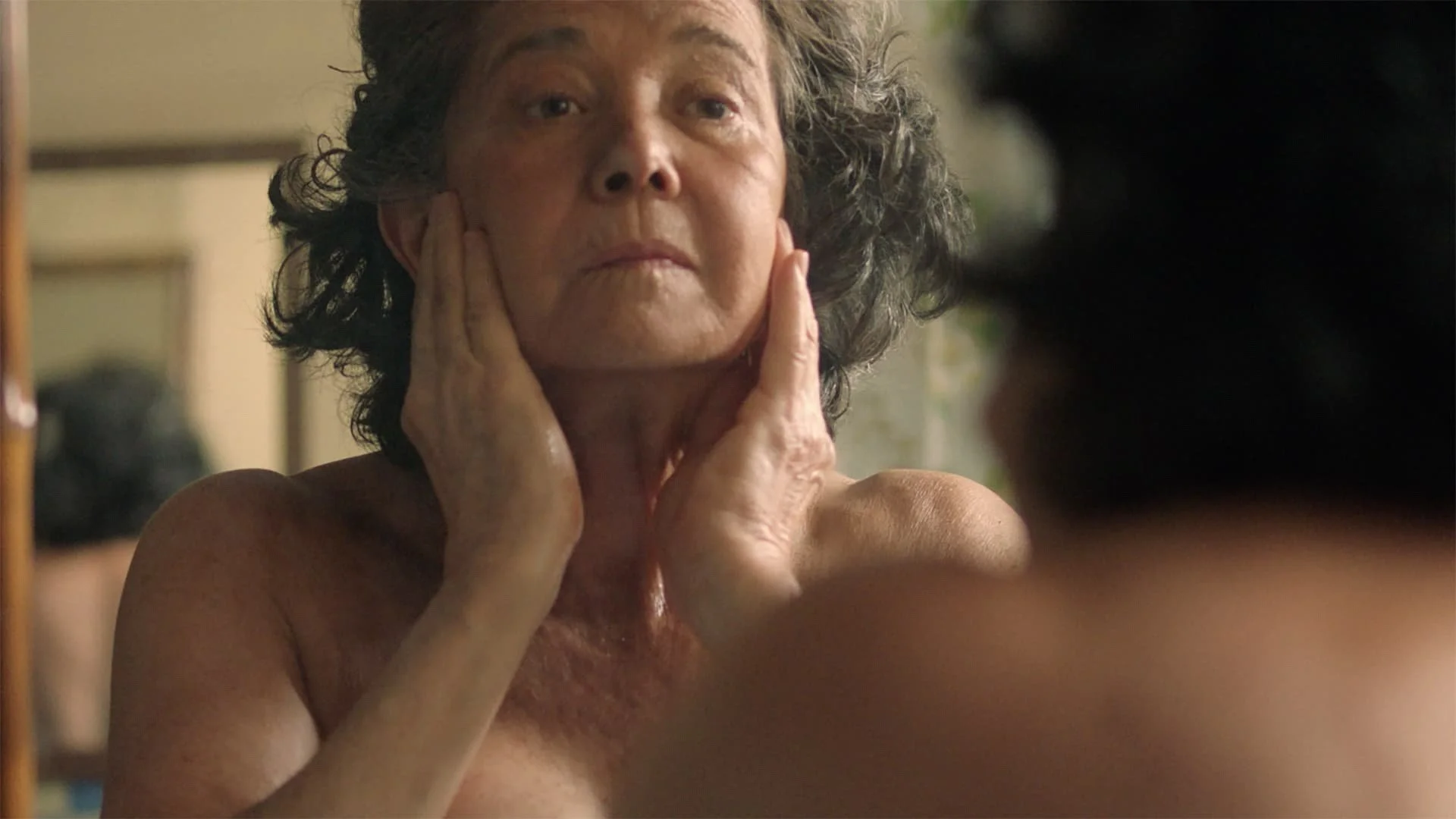Memories of a Burning Body
Antonella Sudasassi’s docudrama from Costa Rica is a uniquely tailored work with a strikingly female perspective on life and sex.
Sol Carballo
Image courtesy of Metis Films.
As it turns out the most significant feature of this film by the Costa Rican director Antonella Sudasassi, here making her second feature, is the fact that this is a work expressed entirely from a female perspective. At this year’s Berlin International Film Festival, it won the Panorama Audience Award and was apparently much discussed. One would guess that in that context what ignited the comments was the film’s ambitious style which uses documentary elements but blends them in a unique way with other footage thus creating a groundbreaking hybrid which is arguably more an acted piece than a documentary. What Sudasassi attempts is undoubtedly interesting but the experimentation tends to take things off the rails and increasingly so as the film goes on. That is why I suggest that the film’s feminine viewpoint is the aspect that counts most.
The aim here is to give expression on film to the lives of women in Costa Rica who, now in their late sixties or early seventies, are ready to look back taking full account of the sexual attitudes that society imposed on women in the days when they were becoming adults. The extent to which their elders frowned on any talk about sex, the inadequacy of what then passed for sex education and the prevailing expectation that girls should marry and, indeed, remain married even to a faithless or abusive man: all these are issues that the women talking here touch on. They are also prepared to acknowledge their own desires and their own pleasure in sex but, while they do so using language that is notably frank, they did not want to appear on camera. That inevitably provided a challenge for Sudasassi and she has found unusual means to overcome it.
At the outset against a black screen, we hear female voices and, as they express their ideas and recall their lives, Sudasassi soon starts to accompany their words with images of a 65-year-old woman living alone. She is played by Sol Carballo who, having first been introduced to us as herself (that is to say as an actress on a film set) now becomes a figure who stands in for those heard but not seen. If her current situation as a widow with limited friends echoes theirs, we soon find that such details from childhood or later life as are recalled by the voices are also shown on screen. However, we keep returning to the main on-screen woman who, for older female viewers, may conveniently be seen as representing them too, but the film also has a full cast list of actors whose roles are mainly listed without names being attached. They are simply designated as ‘Mother’, ‘Father’, ‘Husband’, ‘Brother’, ‘Boyfriend’ and the like.
This is certainly original and it looks set to be an effective form in which to present their stories. However, I was expecting that the women in question (I had heard that three such were featured) would tell their stories in turn. But, instead of that, the film shifts between them and since none of them is seen it becomes difficult to identify which memories belong to any particular woman. Furthermore, the style adopted alters as the film proceeds. To start with the only voices heard are those of the women themselves while on screen Sol Carballo remains silent. But in time the earlier memories evoked with the participating actors start to incorporate dialogue spoken by them, albeit to a limited extent. In a few cases Carballo is also allowed a word or two, either on her own or chiming with one of the unseen speaking women. However, by the time that we come to the later recollected scenes they are acted out with so many words spoken that it takes them far away from documentary and renders them virtually indistinguishable from a standard work using actors.
This development hardly feels like a progression since it ultimately undermines the film’s initial originality and the failure to establish the individuals in a way that makes each one distinct and identifiable feels like a weakness. On the other hand, all the views expressed feel authentic enough and have the value of expressing a female viewpoint, something even today not too readily found in cinema. But, while that is indeed valuable, it has to be pointed out that a more straightforward documentary already exists which actually captures the female perspective on life far more satisfactorily. That film is the 2023 documentary Smoke Sauna Sisterhood in which Anna Hints filmed those regularly attending an exclusively female smoke sauna in Estonia where they found an atmosphere and a sense of companionship that induced them to talk freely. Some of those women also wanted to remain unidentifiable and Hints photographed those thus concerned so as not to reveal their faces fully. What is said here often echoes what was said there, but it is the Estonian film that is more consistent and ultimately far more satisfying. Stylistically Memories of a Burning Body may be the more radical work and it certainly is not without merit, but it is Smoke Sauna Sisterhood which is ultimately the more rewarding and the more memorable film.
Original title: Memorias de un cuerpo arde.
MANSEL STIMPSON
Cast: Sol Carballo, Paulina Bernini Viquez, Juliana Filloy Bogantes, Liliana Biamonte Hidalgo, Gabriel Araya Herrera, Juan Luis Araya Sánchez, Leonardo Perucci Molvin, Cecilia García Pérez, Santiago Campos Marin, Teo Yuja Mora.
Dir Antonella Sudasassi, Pro Antonella Sudasassi, Estephania Bonnett and Manrique Cortes, Screenplay Antonella Sudasassi, Ph Andres Campos, Pro Des Amparo Baeza, Ed Bernat Aragonés, Music Valeria Castro and Juano Damiani.
Playlab Films/Substance Films-Metis Films.
90 mins. Costa Rica/Spain. 2024. UK Rel: 15 November 2024. Cert. 15.


